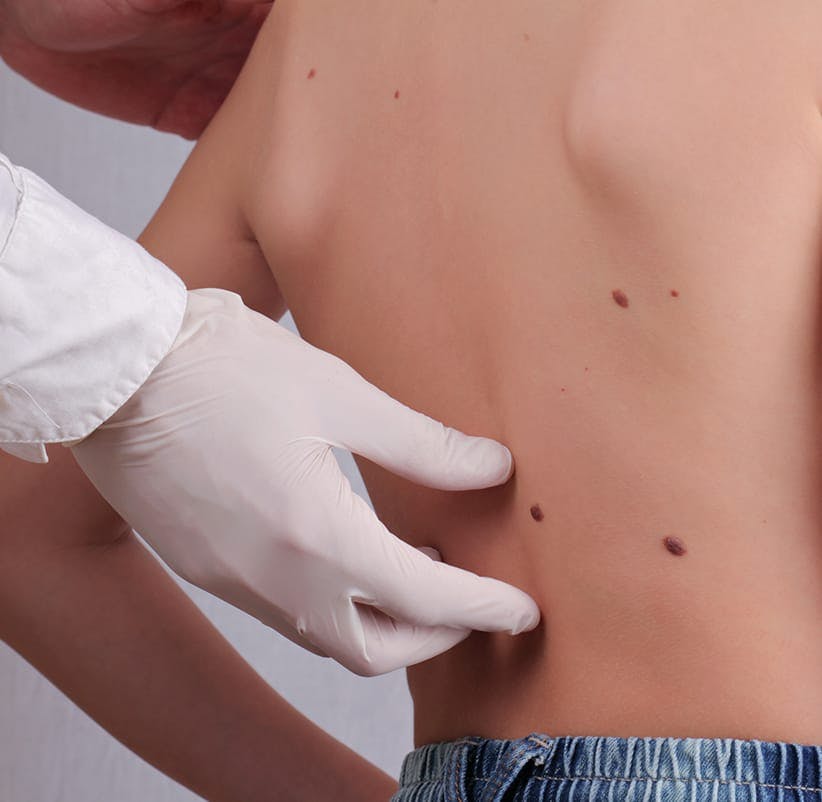Atypical moles, or dysplastic nevi, are very common and affect many people. In fact, about one out of every ten people is believed to have at least one atypical mole.
Your Initial Appointment
Skin conditions can vary in a number of ways. The proper treatment will depend on a combination of the specific issues you’re facing and the unique characteristics of your skin. For this reason, we recommend coming in for an initial appointment so we can work with you to develop a treatment plan once we’ve decided upon the right course of action. The team here at Certified Dermatology is extensively experienced and operates in a comfortable, intimate office setting where you’ll feel comfortable and at home.
During your examination, we’ll take a close look at any moles or lesions you may have on your body. If we suspect a mole may be abnormal, we will most likely recommend removing the mole (or moles) and having a biopsy performed to ensure that you’re not dealing with any cancerous or precancerous cells. The process of removing a mole is very simple and can be done very quickly during your office visit.








